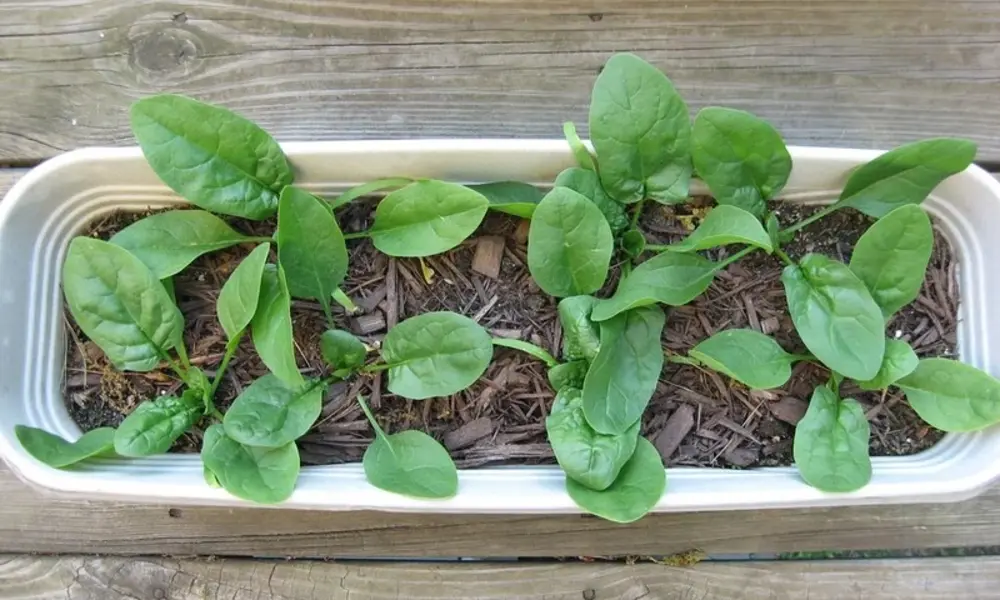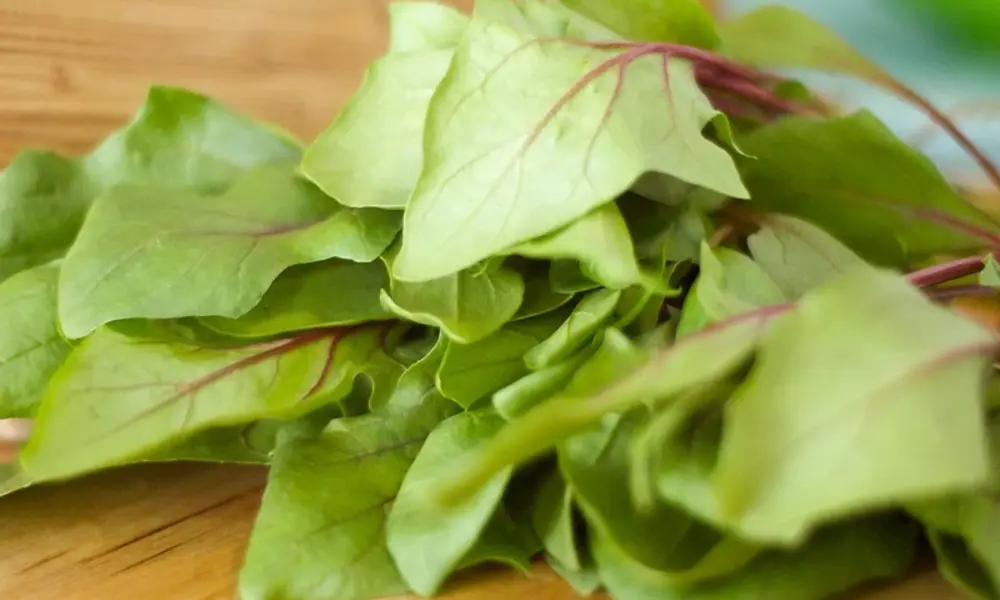Welcome to the world of gardening! If you’re interested in creating a flourishing garden and are precisely curious about spinach companion plants, you’ve come to the right place.
We promise to give you accurate information, discuss our research’s findings, propose workable solutions, and provide our own opinions in this guide as we address typical issues that gardeners encounter.
By the end of this paragraph, you’ll be equipped with valuable insights on how to successfully cultivate spinach alongside compatible plants, ensuring a bountiful and harmonious garden. Let’s dive in!
What Is Companion Planting?
Companion planting is the practice of growing different plants near enhance their growth and overall health. By strategically pairing plants, gardeners can create symbiotic relationships that promote biodiversity, pest control, and nutrient cycling.
Companion planting takes advantage of the unique characteristics of various plants, such as repelling pests, attracting beneficial insects, or providing shade and support.
By choosing suitable companion plants, you can maximize your garden’s potential and create a harmonious ecosystem.

The Basics of Spinach Companion Plants
- Peas: Provide nitrogen for growth.
- Eggplant: Offers shade and protection.
- Lettuce: Provides shade and protection.
- Radish: Acts as a natural pest repellent.
- Kale: Acts as a natural pest repellent.
- Broccoli: Suitable companion with similar needs.
Benefits of Spinach Companion Plants
- Natural pest repellents: Companion plants can serve as natural pest repellents, warding off insects that may harm or feed on spinach leaves.
- Beneficial insect attraction: Certain companion plants attract beneficial insects like bees and ladybugs, which aid in pollination and act as natural predators to control pests.
- Shade provision: Companion plants can provide shade to spinach, helping to reduce soil moisture evaporation and protecting the delicate spinach leaves from extreme temperatures.
- Space optimization: Interplanting spinach with compatible species allows for efficient space usage, maximizing yields even in limited garden areas.
Best Companion Plants for Spinach
- Peas: Provide nitrogen to the soil, benefiting spinach’s nutrient uptake.
- Eggplant: Offers shade and protection from the sun.
- Lettuce: Provides shade and protection from sunlight.
- Radish: Acts as a pest repellent, deterring harmful insects.
- Kale: Acts as a pest repellent and provides shade.
- Strawberries: Compatible companion that enhances garden aesthetics.
Worst Companion Plants for Spinach
- Brassica family (cabbage, broccoli, cauliflower): Compete for resources and attract similar pests.
- Beets: Can cause competition and stunted growth.
- Zucchini: Allelopathic effects can inhibit growth.

Vegetable Companion Plants for Spinach
- Peas: Fix nitrogen in the soil, benefiting spinach’s growth.
- Eggplant: Provides shade and protection from excessive sunlight.
- Lettuce: Offers shade and moisture retention.
- Radish: Acts as a natural pest repellent.
- Kale: Provides shade and nutrient cycling.
- Broccoli: Shares similar soil and watering requirements with spinach.
- Cauliflower: Compatible companion with similar needs.
- Cabbage: Can be grown alongside spinach but monitored for disease and pest issues.
- Strawberries: Can be planted with spinach, but careful monitoring is necessary.
Herb Companion Plants for Spinach
- Cilantro: Attracts beneficial insects and deters harmful ones like aphids.
- Dill: Attracts beneficial insects and enhances flavor and aroma.
Both herbs contribute to pest management and flavor enhancement.
Flower Companion Plants for Spinach
- Sweet alyssum: Attracts beneficial insects that prey on spinach pests.
- Marigolds, nasturtiums, and zinnias: Deter pests with their natural scent.
- Sunflowers: Provide shade and act as a trellis for spinach vines.
Flowers enhance the beauty of the garden, attract pollinators, and improve spinach’s overall health.
Conclusion
Companion planting is a remarkable technique that can transform your spinach garden into a thriving and harmonious ecosystem. By carefully selecting and integrating companion plants, your spinach crop can enhance the growth, and health, of our spinach crop while promoting biodiversity and natural pest control.
From peas and lettuce to radishes and kale, there is a wide range of vegetable companions that can provide numerous benefits to spinach.
Herbs like cilantro and dill attract beneficial insects and add flavor to your garden, while flowers such as sweet alyssum and marigolds attract pollinators and repel pests.
However, it’s crucial to be mindful of bad companions like members of the Brassica family or plants with allelopathic effects that can hinder spinach’s growth.
FAQs
Q1. What should you not plant next to spinach?
In general, it is not recommended to plant spinach next to members of the cabbage family, such as broccoli, cabbage, cauliflower, and kale.
Q2. What plants grow well with spinach?
Spinach tends to grow well when planted alongside plants such as lettuce, radishes, peas, and beans.
Q3. What is the best partner for spinach?
Lettuce is often considered the best partner for spinach in a garden setting.
Q4. Can you plant parsley and spinach together?
Yes, parsley and spinach can be planted together as they are compatible companion plants.
